Welcome to America’s Most Visited National Park
There’s something about your first time in Great Smoky Mountain National Park that sticks with you—kind of like that first campfire under a sky full of stars or the sound of wind rushing through untouched forest. Whether you’re headed out for a day hike or planning a weekend escape, this place isn’t just another patch of mountains. It’s a living, breathing masterpiece.
I still remember my own first time here—pulled into the park just after sunrise with a thermos of coffee and no clue what to expect. Within an hour, I’d spotted deer, heard turkeys gobble in the distance, and walked a trail lined with wildflowers I didn’t know existed. That one trip turned into a lifelong love for the Smokies.
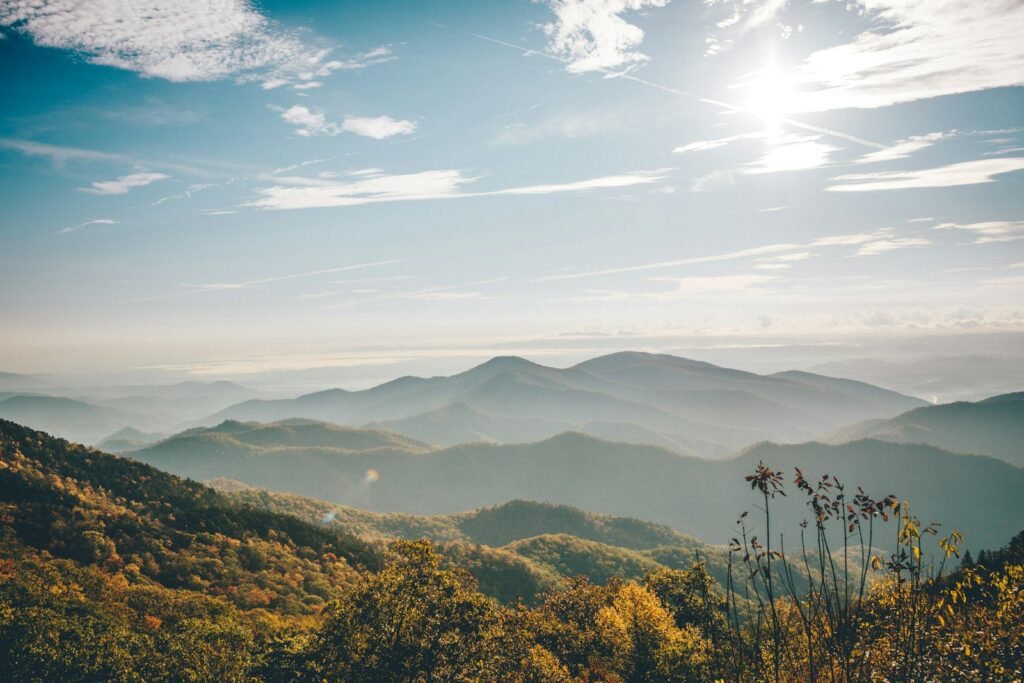
But I also learned something the hard way: this park rewards the prepared. Cell service can vanish mid-turn, weather flips on a dime, and that “easy trail” might still feel like leg day if you’re not geared right.
So, whether you’re coming from a big city or just down the road, this guide is built to help you make the most of your very first visit—with no surprises, just jaw-dropping views and genuine connection with the great outdoors.
What Makes Great Smoky Mountains National Park Special
Ask any park ranger, lifelong hiker, or starry-eyed first-timer what makes the Smokies stand out, and you’ll get different answers—but all of them true. This park doesn’t shout. It whispers. And if you’re paying attention, it’ll change how you see nature forever.
🌲 Unmatched Biodiversity
You wouldn’t guess it while cruising the Parkway, but these ancient mountains are among the most biologically diverse places in the entire world. Over 19,000 documented species call the Smokies home—black bears, salamanders, fireflies, you name it. And scientists believe there are thousands more yet to be discovered.
This isn’t just a park—it’s a natural archive, a living museum, and a sanctuary all at once.
🌄 A Rich Blend of Scenic and Cultural Beauty
From misty morning overlooks to preserved Appalachian cabins, the Smokies offer more than pretty pictures. This land is steeped in stories—from Cherokee traditions to the legacy of homesteaders. You’re walking trails that once carried farmers, moonshiners, and native tribes.
🧭 Something for Every Type of Explorer
Whether you’re a parent with kids in tow, a couple looking for a romantic weekend, or someone who just wants to reset in the woods, there’s a trail, view, or waterfall here with your name on it. And the best part? You don’t have to be a hardcore backpacker to experience the magic.
💡 Don’t just read about it—feel the moss under your boots and the sunrise on your face. Book your Smoky Mountain basecamp today.
Getting There: Park Entrances and Travel Tips
If you’ve never been to Great Smoky Mountains National Park, let me give you a simple truth: the way in is almost as scenic as the park itself—if you know which route to take.
🚗 Main Entrances to Know
There are three main gateways into the park, and each one offers a different kind of experience depending on your vibe and starting point:
- Gatlinburg, TN – This is the most popular (and busiest) entrance. Perfect for first-timers because you’ll find plenty of lodging, food, and visitor resources right outside the gate. Sugarlands Visitor Center is your best first stop—it’s packed with maps, exhibits, and rangers ready to answer any question.
- Townsend, TN – Known as the “Peaceful Side of the Smokies.” If you’re looking to avoid the crowds but still want easy access to spots like Cades Cove or Abrams Falls, this is your gateway. Less traffic, more tranquility.
- Cherokee, NC – Coming from the North Carolina side? This entrance delivers jaw-dropping views via Newfound Gap Road and easy access to the Oconaluftee Visitor Center and Mingus Mill. It’s quieter than Gatlinburg and rich in Cherokee history.
🛣️ Travel Tips from the Trail
- Avoid peak arrival times. On weekends and holidays, aim to enter the park before 9 a.m. or after 3 p.m. to avoid gridlock and snag better parking.
- Fill up on gas before entering. There are no gas stations in the park, and it’s bigger than you think—don’t get stuck.
- Download maps ahead of time. Cell signal is limited. Having a physical or offline map can make or break your day.
- Use the park’s shuttle systems. They’re especially handy during peak seasons for areas like Clingmans Dome or Laurel Falls.
💡Want a smoother arrival and zero parking stress? Stay just minutes from the park’s busiest entrance—here’s where seasoned visitors book.

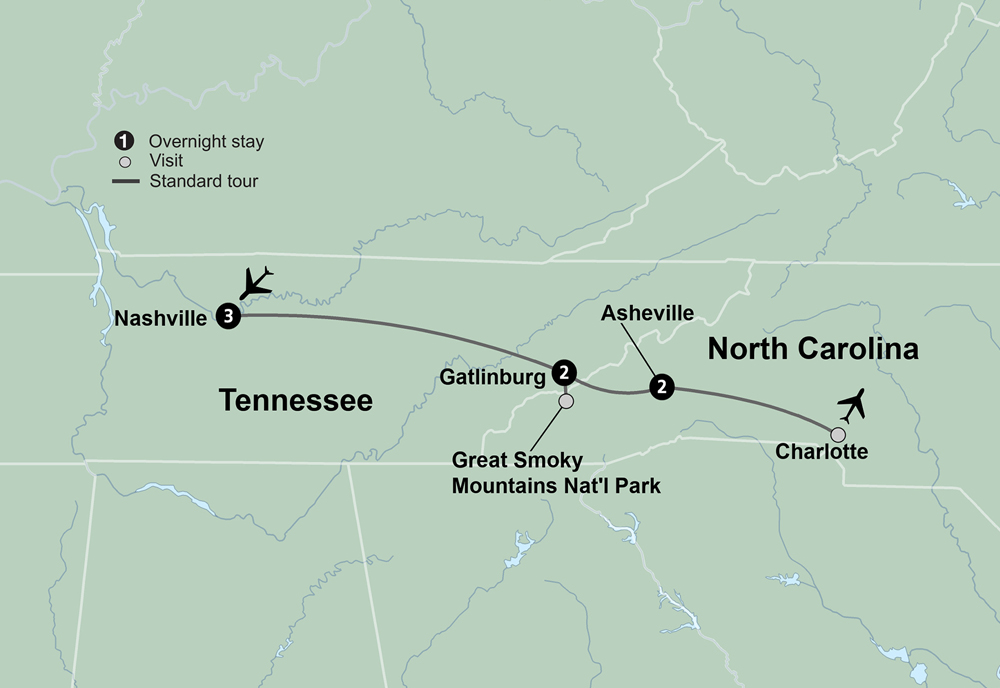

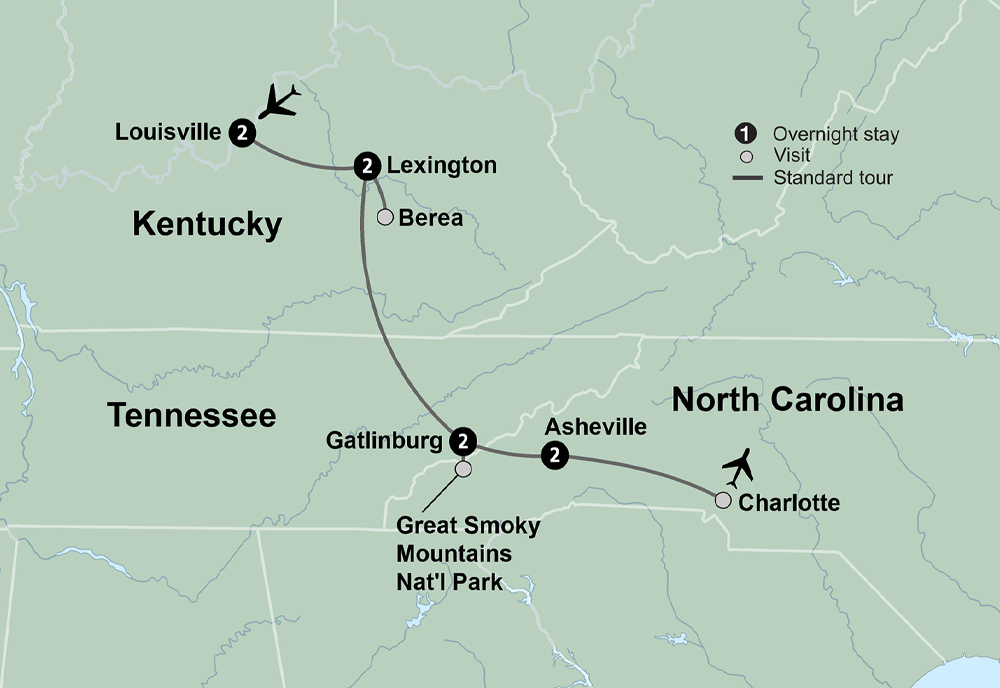


Must-Know Park Rules and Safety Tips
Let’s be honest—no one reads the rule signs until they’re already halfway down the trail with a snack in one hand and a confused look on their face. But trust me, knowing a few key things before you enter Great Smoky Mountains National Park can save you from fines, accidents, or a ruined hike.
🚫 Stay on the Trail—Always
That tempting shortcut through the wildflowers? Don’t take it. Stepping off trail can damage delicate plant life and disrupt animal habitats. Plus, the trails are designed for safety. Leave-no-trace isn’t just a slogan—it’s how we keep this place wild and wonderful.
🐻 Wildlife Safety Isn’t Optional
Seeing a black bear is one of the coolest things that can happen in the Smokies—but it can turn dangerous if you’re not smart about it.
- Never feed wildlife. Not even for that “perfect photo.” It’s illegal and could get you (or the animal) hurt.
- Keep 50 yards from bears and elk. That’s half a football field. If they notice you, you’re too close.
- Use bear-proof trash bins and carry bear spray when hiking remote trails. It’s lightweight insurance.
🔥 Fires and Camping Rules
Campfires are allowed only in designated areas and fire rings. Don’t bring firewood from outside the park—it can introduce invasive pests. Buy it locally instead (look for heat-treated bundles at stores near the entrances).
If you’re planning to camp, make reservations through the park’s official system. Backcountry camping requires a permit, and spots fill fast during peak seasons.
🏞️ Hiking Smart = Hiking Safe
- Always let someone know your plan—especially if heading to less-trafficked trails.
- Pack more water than you think you’ll need.
- Dress in layers, bring a rain shell, and stash a basic first-aid kit.
- Thunderstorms and fog can roll in fast, especially in higher elevations. Know your turnaround point before you start.
💡 Want to explore safely and sleep easy? Book lodging that’s close to ranger stations and visitor centers—check out your best options here.
What to Pack (And What to Leave at Home)
If you’ve never visited the Smoky Mountains before, it’s easy to overpack—or worse, forget the essentials. The weather here plays by its own rules, and you’ll want to be prepared without lugging around your entire closet.
🎒 The Essentials You’ll Be Glad You Brought
- Layered clothing: Start with moisture-wicking base layers, add a fleece or light puffer, and finish with a rain shell. Spring and fall mornings can be chilly, but mid-day temps warm up fast.
- Good hiking shoes or boots: Even short trails can be rocky or slick. Skip the sneakers unless you’re sticking to paved paths.
- A reusable water bottle or hydration bladder: Dehydration sneaks up on you, especially at higher elevations.
- Trail snacks: Think high-protein, low-mess—granola, jerky, mixed nuts.
- Paper map + charged phone: Cell service can drop in and out. Download offline maps and bring a backup paper version from a visitor center.
- Bug spray + sunscreen: Yes, even in spring and fall. Ticks and UV rays don’t care what season it is.
- Small first-aid kit: Blisters and scraped knees are far more common than bear encounters.
🧳 What to Leave Behind (Seriously, Don’t Pack These)
- Full-size toiletries and blow dryers: Most cabins and hotels have what you need. Save the space.
- Bulky coolers and extra gear: Unless you’re camping, you won’t need a kitchen on your back.
- Too many changes of clothes: Focus on re-wearable, versatile pieces. You’re not walking a fashion runway—just walking the trail.
- Drones: They’re banned in the park and can get you fined (or worse, ruin the peaceful vibe for others).
💡 Want to pack light but still stay comfy? Book a place that covers the basics—check out these fully-equipped lodging options near the park.









First-Timer Friendly Hikes and Sights
The Smokies might be home to over 800 miles of hiking trails, but not all of them are knee-grinders with vertical climbs. If it’s your first time in the park—or your first time hiking, period—there are plenty of rewarding trails and scenic spots that don’t require you to be a mountain goat.
🥾 Easy Trails with Big Payoffs
- Laurel Falls Trail (2.6 miles round-trip, paved):
One of the most popular hikes for good reason. You’ll get an easy walk, shaded woods, and a stunning 80-foot waterfall at the end. Go early to beat the crowds. - Clingmans Dome Observation Tower (1.2 miles round-trip):
It’s steep but short, and the reward is a panoramic 360-degree view from the highest point in the park. On a clear day, you can see seven states. Bring a light jacket—even in summer. - Gatlinburg Trail (3.8 miles round-trip):
A flat, scenic trail that runs along the river. It’s one of the few pet-friendly and bike-friendly trails in the park. Great for families and anyone easing into trail life. - Cades Cove Loop Road (11-mile loop, driveable with walking stops):
Not a hike per se, but an absolute must. Scenic views, wildlife spotting, historic cabins, and picnic areas make this a top choice for first-time visitors. Try to go early or late in the day for the best chance at spotting deer, turkeys—or even a black bear.
🌄 Don’t Miss These Easy Scenic Stops
- Newfound Gap Overlook:
Straddling the Tennessee–North Carolina border, this pull-off has some of the best sunrise views in the park. - Oconaluftee Visitor Center & Farm Museum:
A cultural and educational stop where you can walk a flat path and learn about Appalachian homesteading. - Roaring Fork Motor Nature Trail:
A quiet, wooded drive with optional easy trails and waterfalls. Wildflower lovers—this one’s for you in the spring.
💡 Want to be steps away from trailheads that offer views, wildlife, and waterfalls without the crowds? Explore where to stay nearby—it makes all the difference.
When to Visit: Seasons, Crowds, and Weather
Timing your visit to Great Smoky Mountains National Park can make the difference between a peaceful, unforgettable adventure—and a traffic jam in hiking boots. Every season here tells a different story, and knowing what to expect can help you avoid the surprises that catch first-timers off guard.
🌸 Spring (March–May): Wildflowers & Waterfalls
This is when the forest wakes up. Waterfalls surge with snowmelt, trails start to soften, and wildflowers put on a spectacular show. It’s also when weather is the most unpredictable—pack layers and a rain shell. Crowds are light in early spring but pick up around spring break.
Best for: Wildflower hikes, fewer crowds (March–early April), and flowing waterfalls.
☀️ Summer (June–August): Family Trips & Lush Greenery
Summer brings thick greenery, warm temps, and a spike in visitor numbers—especially in July. Expect busy parking lots, full cabins, and afternoon thunderstorms. But it’s a great time for creekside walks, swimming holes, and scenic drives with the AC cranked.
Best for: Families, water hikes, and full-day adventures (just start early).
💡 The best cabins book up fast during peak months. Reserve your summer base camp now before it’s standing-room only.
🍂 Fall (September–November): Leaf Season & Crisp Air
This is the crown jewel of Smoky Mountain seasons. Mid-to-late October is prime time for leaf peeping, especially along Newfound Gap Road and Clingmans Dome. Cooler temps make for comfortable hiking, but the crowds? They come in busloads. Book lodging well in advance.
Best for: Fall foliage, moderate temps, and incredible photography.
❄️ Winter (December–February): Peaceful & Underrated
If you’re craving solitude, this is your time. Snow dusts the higher elevations, and icy waterfalls shimmer in the silence. While some roads close (like Clingmans Dome Road), the main entrances stay open. It’s chilly, yes—but magical.
Best for: Solitude, photography, and crisp winter hikes—just watch for ice.
💡 Want a Smokies view without the crowds? Book your winter escape and have the trails (almost) to yourself.



Where to Stay: First-Timer Favorites
If this is your first trip to Great Smoky Mountains National Park, choosing the right home base is key. It sets the tone for your entire experience—whether you want to roll out of bed and be on a trail within minutes, or you prefer to sip coffee with a mountain view before exploring downtown.
🏡 Gatlinburg: Gateway to the Park
Gatlinburg is the most popular starting point for first-timers—and for good reason. The Sugarlands entrance to the park is just minutes away, and you’ll find everything from rustic cabins to luxury resorts within walking distance of restaurants, shops, and attractions.
Why Gatlinburg works for first-timers:
- You’re close to trailheads and creature comforts
- Tons of lodging styles, from cozy to high-end
- Easy access to guided tours, gear shops, and visitor centers
💡 The best Smokies memories start with the right location. Find your perfect Gatlinburg stay here.
🛶 Pigeon Forge: More Space, More Entertainment
If you’re traveling with family or just want to stretch your legs (and your budget), Pigeon Forge is a solid pick. It’s a bit farther from the park entrance—about 20–25 minutes depending on traffic—but offers larger cabins, resort-style lodging, and a huge variety of activities.
Best for:
- Larger groups and families
- Access to Dollywood, mini golf, dinner shows
- Cabin rentals with hot tubs, fire pits, and full kitchens
🌲 Wears Valley & Townsend: Quieter, More Scenic
Prefer peace and quiet over neon lights and tourist traffic? Wears Valley and Townsend are hidden gems. You’ll trade nightlife for mountain serenity—and the kind of mornings that begin with deer sightings and end with fireflies.
Best for:
- Couples or solo travelers
- Stargazing and nature immersion
- Proximity to Cades Cove and less-traveled trails
💡 Want mountain views without the crowds? Discover the hidden corners of the Smokies where locals go to unwind.
Local Eats, Gear Shops & Visitor Centers
One of the best things about visiting the Smokies—especially for first-timers—is how seamlessly nature and hospitality blend together. Whether you’re looking to grab a hearty breakfast before a big hike, rent last-minute gear, or chat with a park ranger who knows the trails like the back of their hand, you’ll find everything you need within reach.
🍳 Where to Eat Before (or After) the Trail
Start your day right—because trail mix alone won’t cut it. In Gatlinburg and Pigeon Forge, local restaurants offer generous portions and fast service, perfect for early risers and post-hike refuels.
Top First-Timer Favorites:
- Crockett’s Breakfast Camp (Gatlinburg): Mountain-sized breakfast plates and strong coffee.
- The Local Goat (Pigeon Forge): A solid lunch stop with craft burgers and Southern-inspired fare.
- Wild Plum Tea Room (Arts & Crafts Community): Perfect for those looking for something lighter and charmingly off the beaten path.
💡 Want to stay near the best food and the best trails? See where comfort meets convenience.
🧭 Gear Shops for First-Time Hikers
Whether you forgot your hiking poles or realized your boots are better suited for sidewalks, don’t worry. These gear shops are built for moments just like that—and they’re staffed by folks who know the Smokies inside and out.
Local Outfitters You Can Trust:
- NOC Gatlinburg: Offers gear, maps, clothing, and friendly trail advice.
- The Day Hiker: A go-to for casual and first-time hikers with practical gear and great prices.
- Hikey Mikey’s (Pigeon Forge): Local favorite for last-minute essentials and family-friendly hiking tips.
💡 Stay close to where the gear meets the trail—find your basecamp cabin here.
🏞 Visitor Centers: Start Here, Hike Smarter
Don’t skip the visitor centers—they’re packed with insight, trail maps, and often, surprisingly good advice that isn’t on the apps.
Best First-Stop Visitor Centers:
- Sugarlands Visitor Center (near Gatlinburg): Interactive exhibits, helpful rangers, and a short nature trail out back.
- Cades Cove Visitor Center: Great spot if you’re heading into the scenic loop—plus a view of historic buildings and a nearby waterfall.
- Oconaluftee Visitor Center (North Carolina side): Elk sightings are common here—great photo ops if you time it right.
💡 Rangers say it best: “The right start makes the right hike.” Stay nearby and begin your journey smarter.
Conclusion: You’re Officially Ready for the Smokies
You don’t need to be a seasoned hiker or a backcountry expert to fall in love with Great Smoky Mountains National Park. You just need curiosity, respect for the land, and a good pair of shoes.
From choosing the right entrance and packing smart to picking beginner-friendly trails and knowing when to visit—this guide was built to take the guesswork out of your adventure. The Smokies welcome millions every year, but each trip feels deeply personal. Maybe it’s the quiet of the forest, the way the light hits the mountains at sunset, or the simple thrill of spotting a wild turkey on a side trail.
The key? Go slow. Take it all in. Ask the rangers questions. Let your feet find a rhythm on the trail. And don’t stress over doing it all—because the beauty of the Smokies is that they’ll still be here next season, just waiting to surprise you all over again.

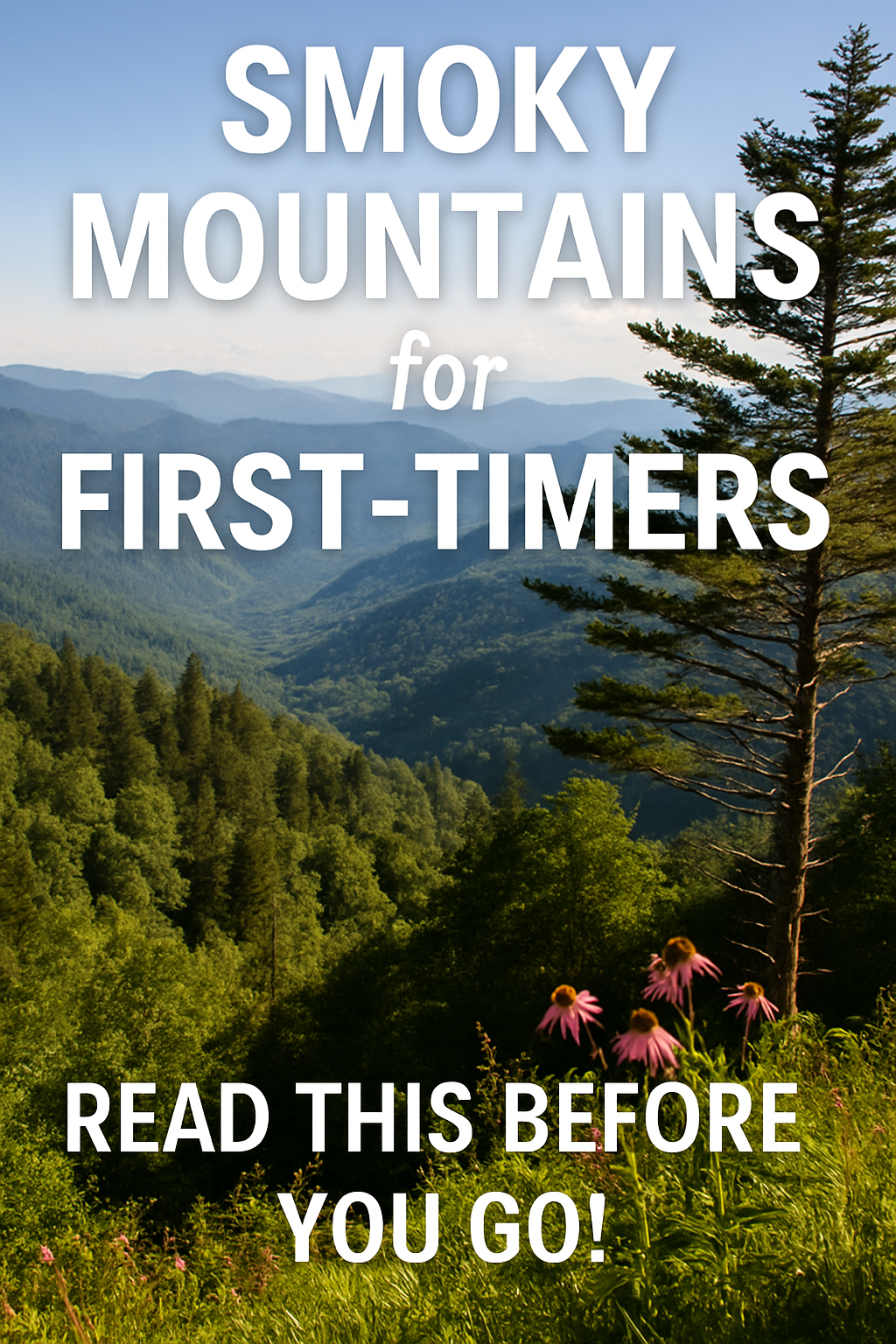







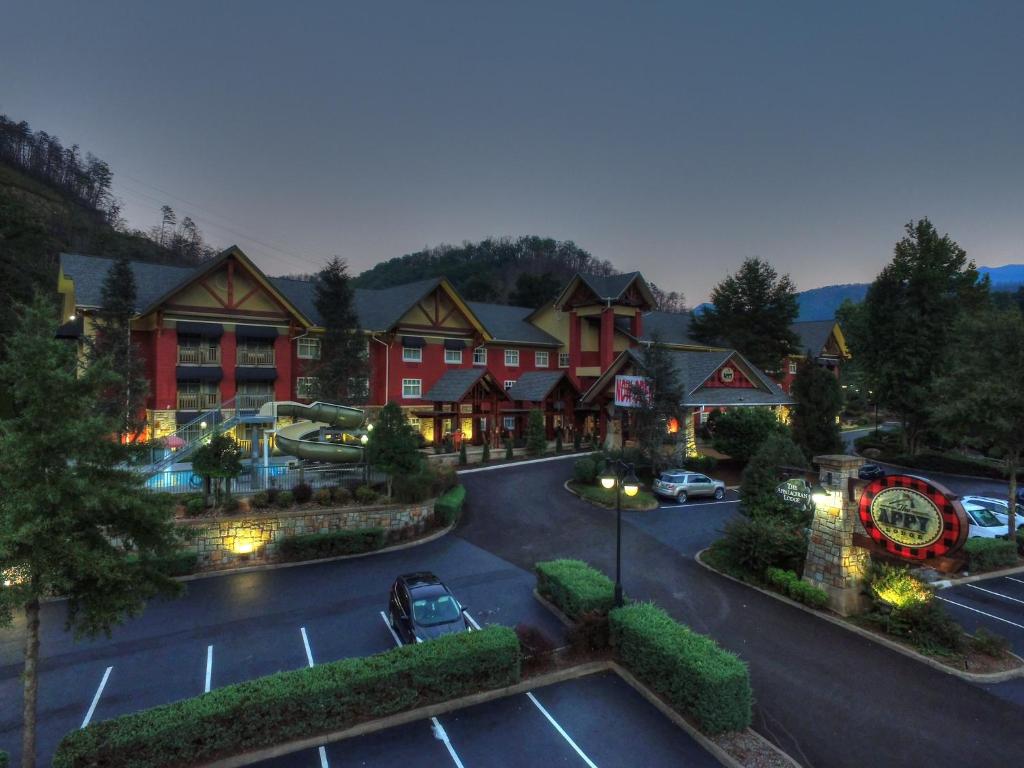





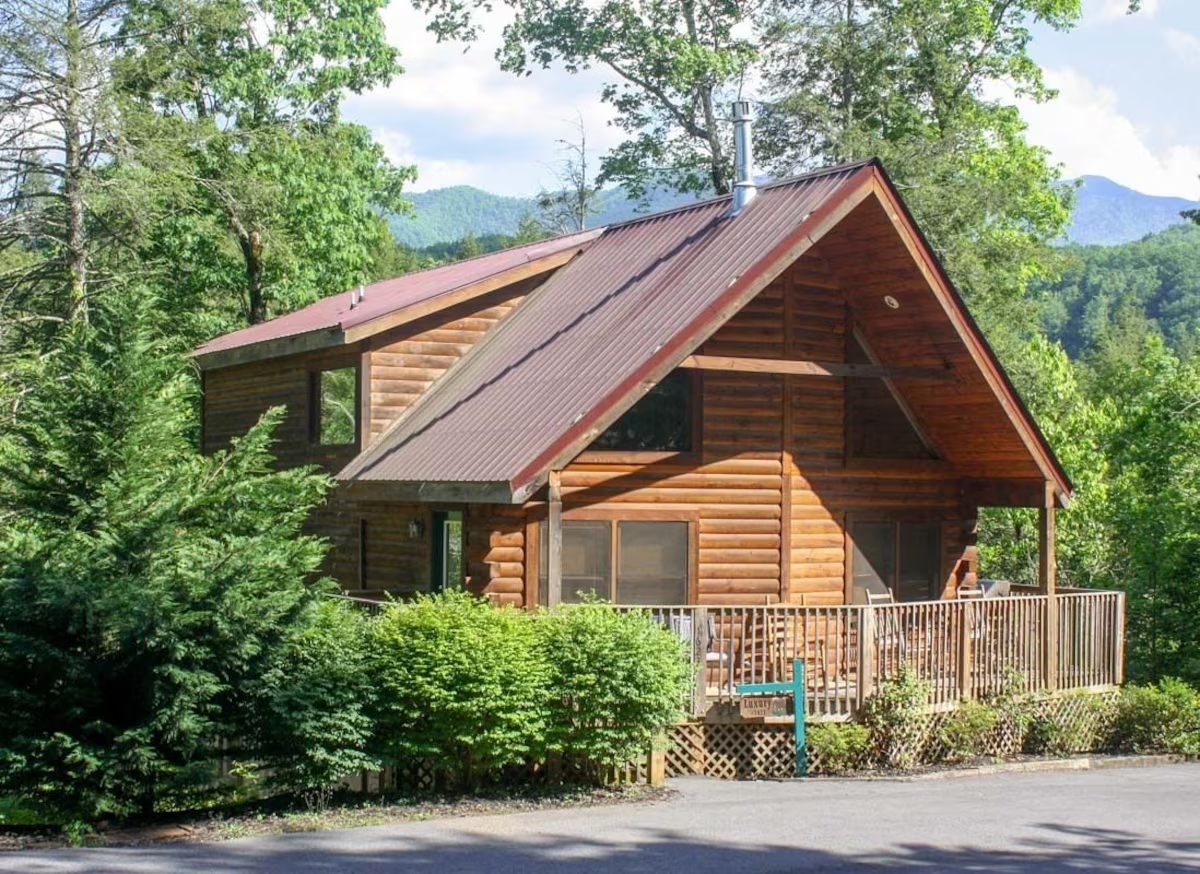


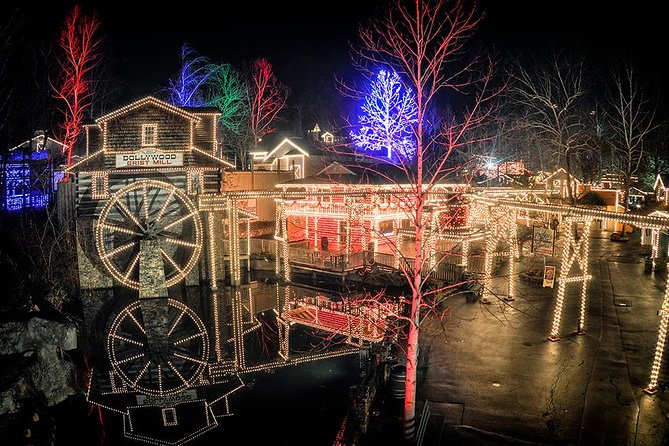
Leave a Reply